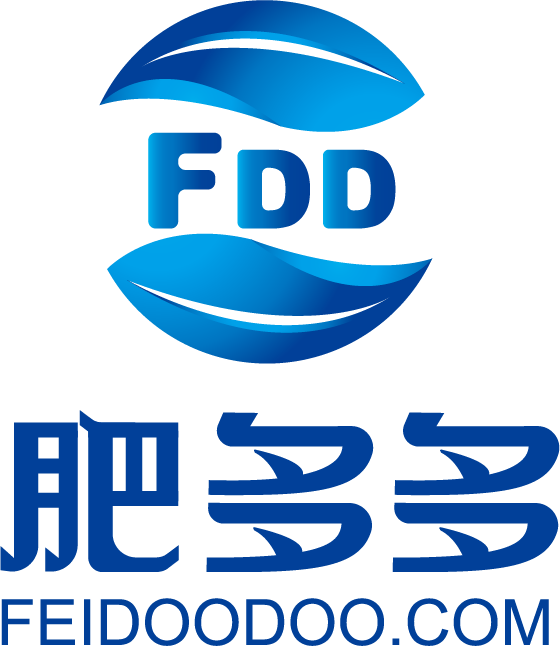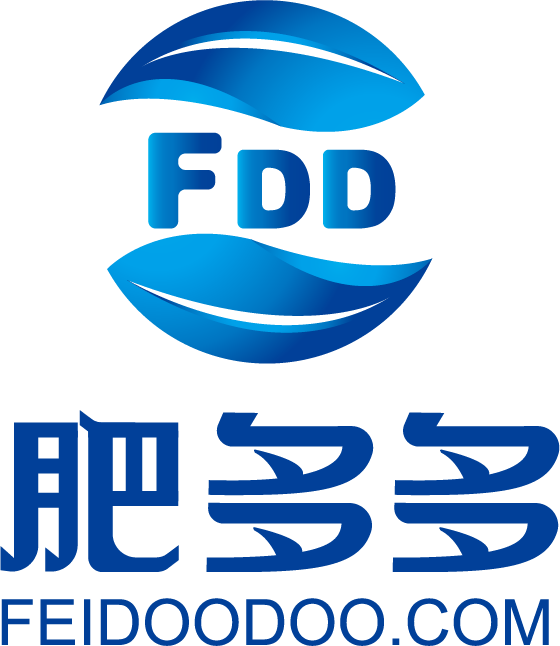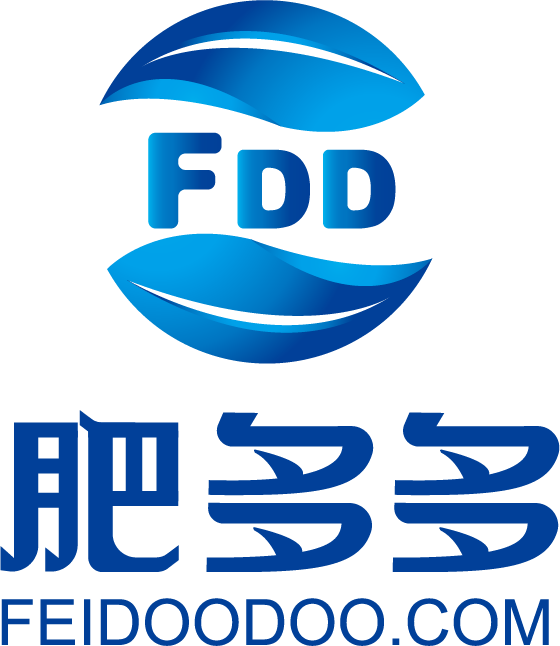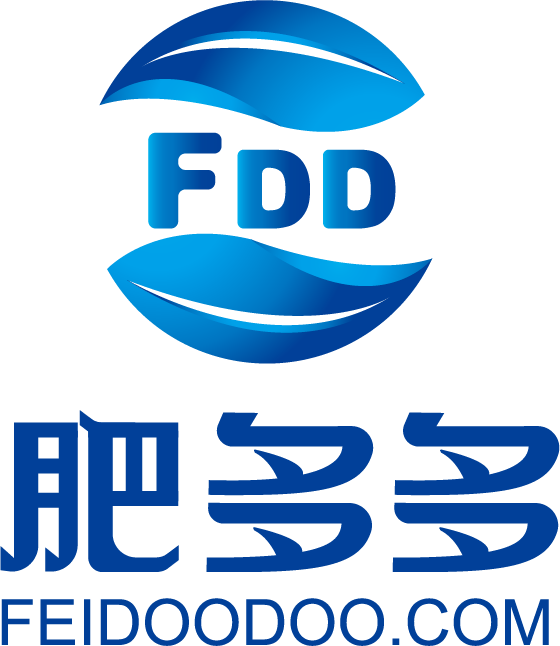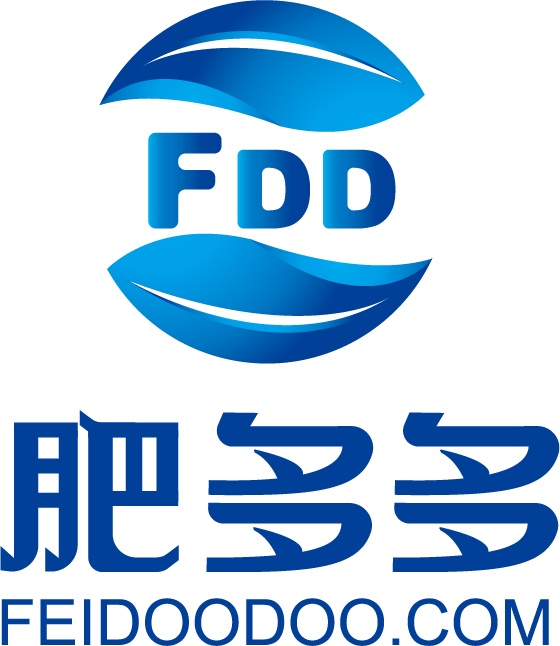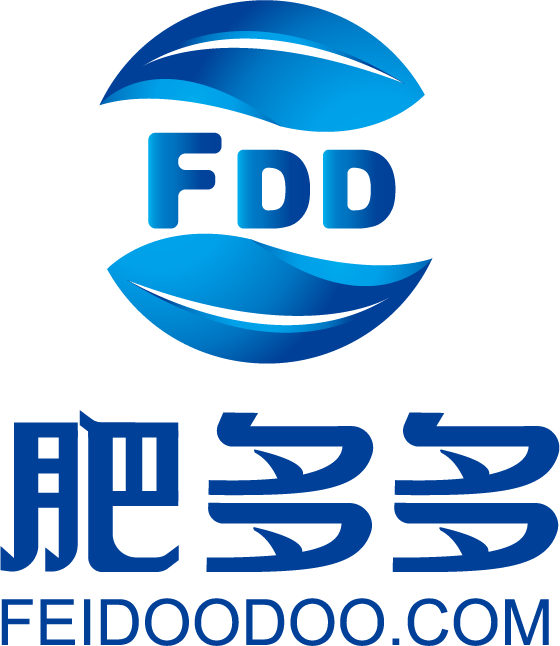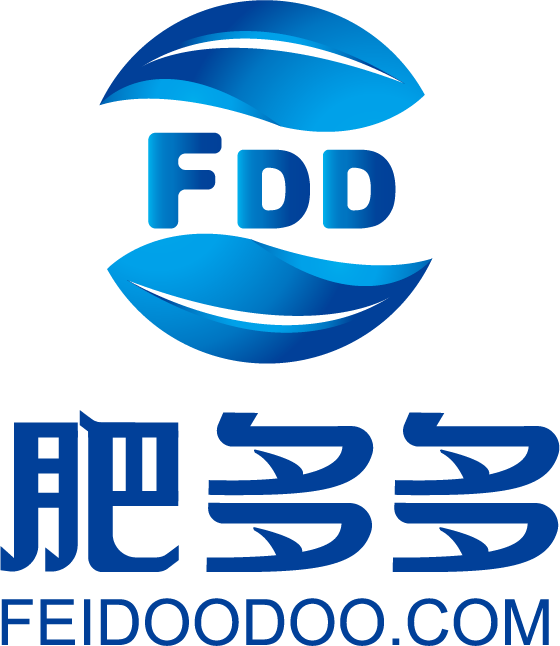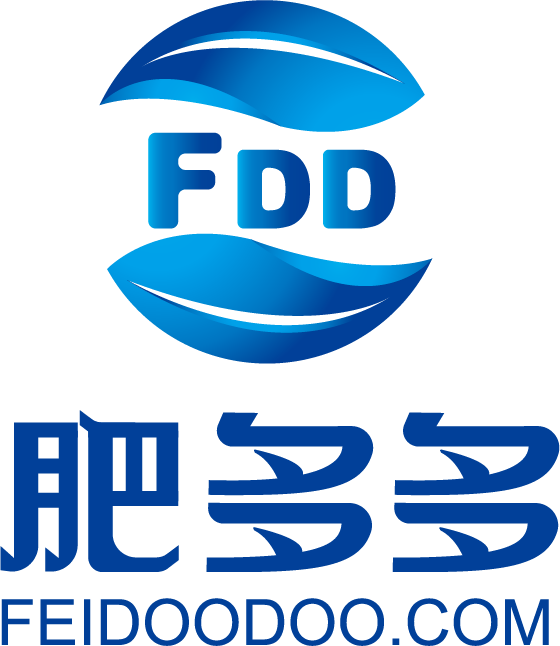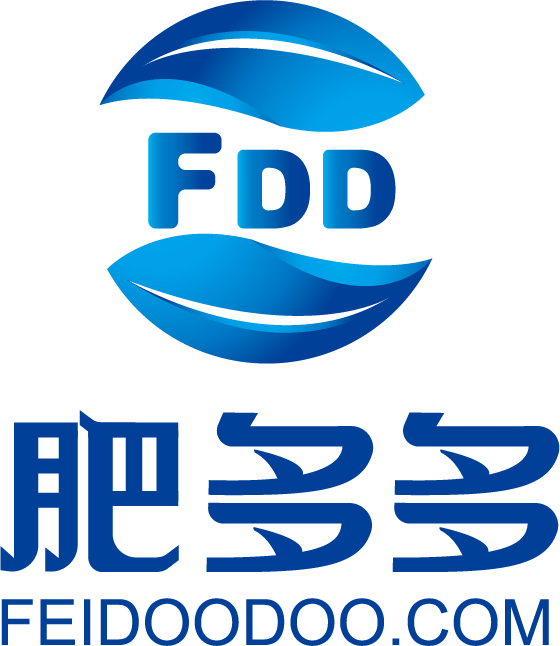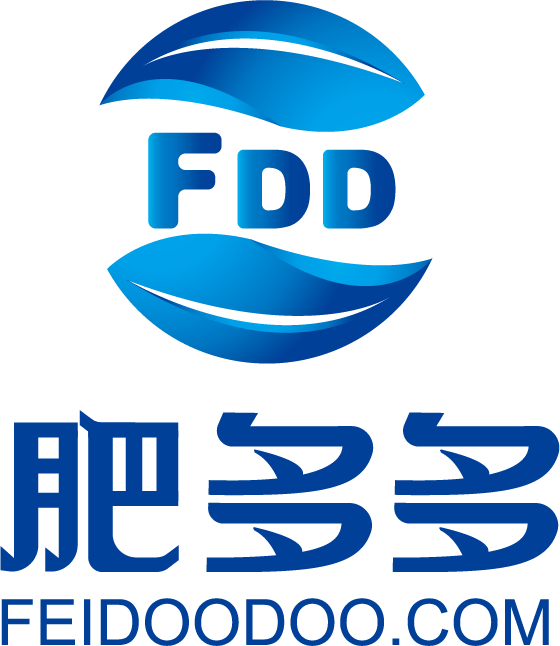- This week's phosphate fertilizer market saw prices continuing to run at high levels. The Monoammonium Phosphate (MAP) and Diammonium Phosphate (DAP) markets both experienced price increases, with companies mainly fulfilling their pre-received orders and pausing quotations. The high prices of upstream raw materials and the strong demand downstream have led to tight supplies. Future forecasts suggest that both MAP and DAP market prices will continue to remain high, with DAP prices more likely to rise than fall. The operating rates and production of both MAP and DAP have increased compared to last week and the previous year. Port inventories for both have decreased compared to last week.
- The daily review of the urea market indicates a strong resistance sentiment, leading many enterprises to lower their quotations. Data from Feidoodoo shows a slight decrease in the urea price index. The futures market also experienced fluctuations, while the spot market saw a minor decline in prices across various regions. Forecasts suggest that while there's an expectation of a price drop in the short term, the decline will be limited due to low supply levels.
- The daily review of phosphate fertilizer indicates that the market remains stable with prices continuing at high levels. The monoammonium phosphate and diammonium phosphate indices, as provided by Fertilizer Plus, remain stable. The market analysis suggests that both monoammonium and diammonium phosphate prices are expected to maintain their high levels due to various factors including supply-demand dynamics and cost trends.
- The urea market sees cautious downstream purchases with few transactions. According to Feidoodoo, the urea small granule price index decreased slightly. The futures market showed minimal fluctuations, while the spot market indicated stable prices across various regions. Despite continuous market news, the primary focus remains on essential restocking. External factors, such as India's new urea import tender, are expected to influence domestic urea prices.
- The phosphate fertilizer market continues to operate at high levels due to strong cost support. The monoammonium phosphate market maintains high prices with companies taking limited orders and raw ore prices rising. The diammonium phosphate market also remains at high levels, with a slight adjustment in the 60% brown enterprise quote. Both markets are influenced by the peak season for autumn fertilizer preparation and tight domestic supplies.
- The domestic phosphate fertilizer market is showing positive signs with prices continuing to rise. According to Feidoodoo data, both monoammonium and diammonium phosphate indices have shown increases on September 5th. For monoammonium phosphate, strong upstream cost support and pre-received order support are driving prices up. Meanwhile, for diammonium phosphate, despite a steady supply, there's strong support from both exports and domestic demand, especially during the peak season for autumn fertilizer preparation. Overall, both monoammonium and diammonium phosphate prices are expected to maintain their high-level operations.
- The global demand for potash fertilizer is promising. Last week, Brazil's potash prices stabilized after a 5-week rise. The US sees a positive trend in potash imports, while China and Egypt's limited supply has increased prices in East Asia. BHP, the world's largest mining company, has made significant progress in its Jansen potash project in Saskatchewan, with expectations to start production in 2026. Despite a drop in potash prices this year, BHP's investment in the project has increased. The company anticipates a 3% annual growth in potash demand in the coming years, driven by global trends like population growth, dietary shifts, and sustainable agricultural practices.
- Starting from September 1, Russia has imposed a comprehensive export tariff on certain fertilizers, with the tariff being valid until December 31, 2024. The tariff rates vary d on the type of fertilizer. Russia's largest phosphate compound fertilizer producer, Phosagro, has commented on this decision. Since 2023, fertilizer exports from Russia have been duty-free unless certain conditions are met. Russia, being one of the world's largest fertilizer producers, has also been involved in international agreements and discussions related to fertilizer exports, including considerations of establishing a unified trading company to enhance its global market influence.
- The phosphorus fertilizer market in China showed a notable uptrend in prices for both monoammonium phosphate (MAP) and diammonium phosphate (DAP) as of August 2023. This increase is attributed to rising raw material costs, giving strong cost-side support, coupled with limited market supplies and optimistic market sentiment. Meanwhile, the operating rates for both MAP and DAP industries have fluctuated, with MAP showing an increase and DAP a slight decrease, though both are higher than the same period last year. Monthly production for both fertilizers has increased, reflecting positive sentiments among producers. As for trade, MAP exports have risen significantly while its imports remain negligible. On the other hand, DAP exports have surged, but its imports have dropped drastically. The apparent consumption data of both MAP and DAP reflects their respective market demands. Lastly, the port inventory for MAP increased, whereas for DAP it decreased.
- The phosphate fertilizer market continues to see rising prices due to beneficial upstream costs and persistent downstream demand. Data from Feidoodoo indicates a sequential increase in the price indices for both diammonium and monoammonium phosphates. Both markets maintain high operational rates, and production has increased significantly compared to last year. However, port inventories have decreased for both phosphate fertilizers compared to the previous week and year. The forecast suggests a continuation of the high price trend in the upcoming week.
- This week, the domestic urea market witnessed slight price fluctuations, with a slight rebound in the latter half of the week due to reduced company inventories. Equipment malfunctions and increased maintenance reduced market supply. International urea prices have fallen, while domestic prices vary across regions. Coal, a critical raw material, saw stable prices, and both the compound fertilizer and melamine industries experienced robust price trends. The outlook indicates a tight supply, low inventory, and slow demand.
- The domestic urea market saw a slight increase in prices due to favorable supply conditions. d on Feidoodoo data, the urea small granule price index increased both month-on-month and year-on-year. The futures market displayed positive growth, impacting the spot market. Despite this, the demand is currently weak, with fewer new orders and low stock levels across enterprises. It is predicted that the urea market will experience minor fluctuations in the near future.
- The monoammonium phosphate market in China is experiencing an upward trend with strong cost support, and prices are expected to remain high. As for diammonium phosphate, despite the limited stock and strong demand exceeding supply, prices are maintaining high levels due to tight autumn supplies. Both markets are influenced by raw material prices, available stock, and demand patterns.
- Russia is contemplating the creation of a unified fertilizer trading company to strengthen its pricing power globally. The idea, proposed by the founder of UralChem, Dmitry Mazepin, has been discussed by Russian officials but remains undecided. This comes as Russia faces challenges in exporting fertilizers due to Western restrictions and the withdrawal of several international entities from Russian trade. Despite these challenges, Russia's fertilizer and grain exports have not been fully sanctioned by the West, but restrictions in payment, logistics, and insurance pose significant barriers.
- The domestic phosphate fertilizer market is currently witnessing an upward trend in prices due to a shortfall in supply. Monoammonium phosphate prices saw a slight increase, influenced by higher costs from raw materials and persistent downstream demand. On the other hand, diammonium phosphate's price remained stable, but the market outlook appears bullish, driven by limited supplies and strong demand. The prevailing sentiment indicates that phosphate fertilizer prices will likely continue their high-level operations.
- Mall
- Supermarket
- Supplier
- Integrated logistics
- Warehousing
- Transaction Services
- Expo Services



